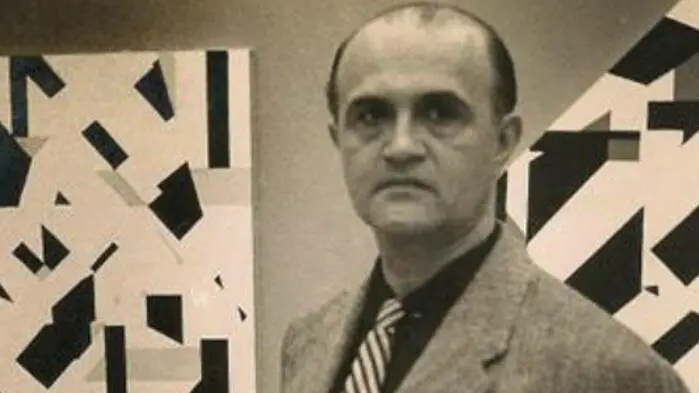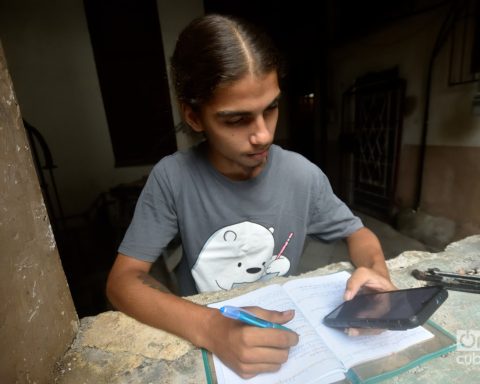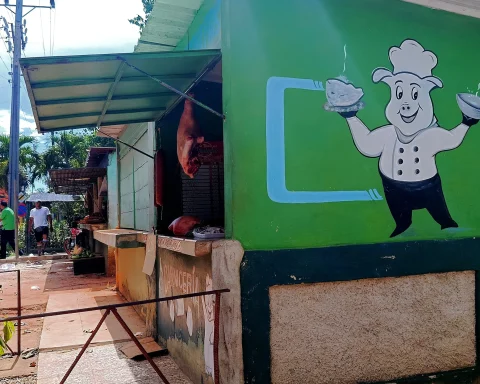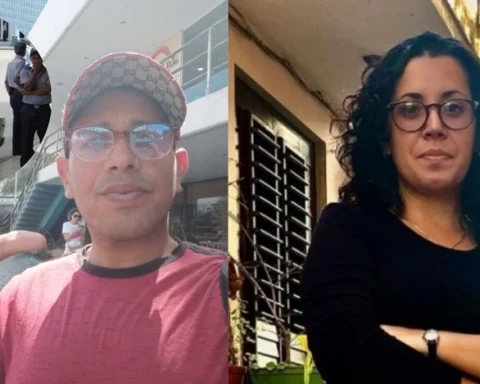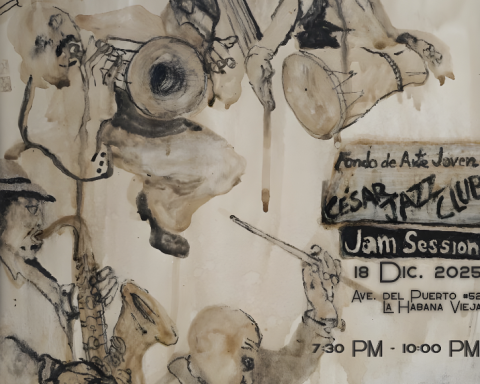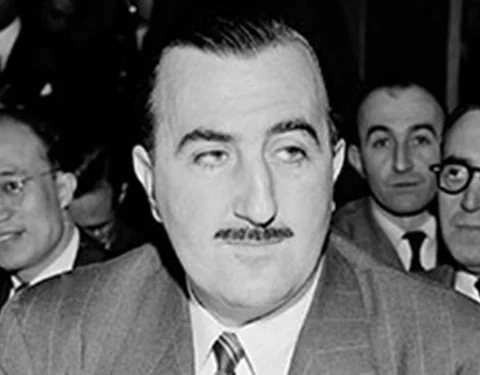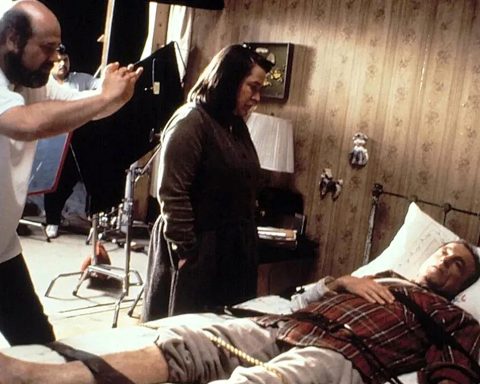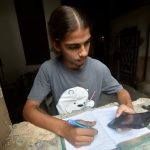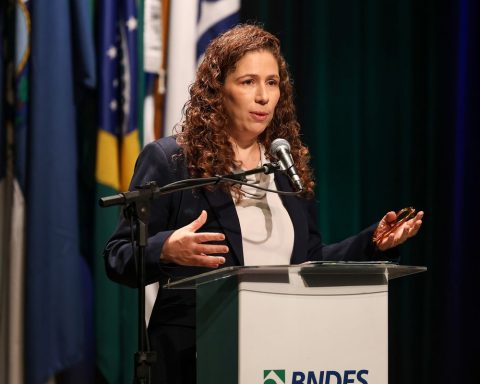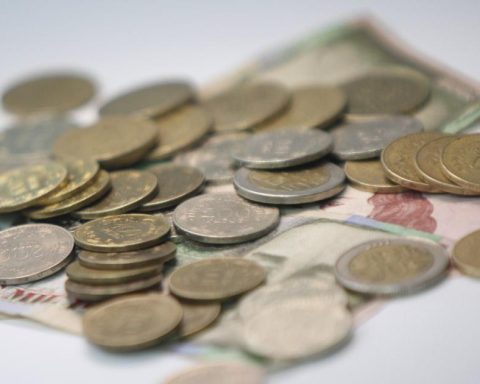MIAMI, United States. — On April 6, 1906, Sandu Darie Laver was born in the city of Román (Romania), who would become one of the main exponents of the geometric abstractionwhich would gain popularity in the 1950s.
Draftsman, painter, sculptor and designer, Darie moved to France to study law between 1926 and 1932. At the same time, he worked as a caricaturist for Romanian and French media, while strengthening ties with artist circles interested in Surrealism.
Not much else is known about his life before his arrival in Cuba in 1941. Four years later he obtained Cuban citizenship and, in 1949, he held his first personal exhibition, entitled “Compositions”, at the lyceum in Havana and also in the Carlebach gallery, in New York.
These initial works by Darie were inscribed within lyrical abstraction, with vigorous strokes and bright colors, influenced by nature and the light of the tropics. Around that time he met Gyula Kosice, founder of the Argentine concrete art group Madí, and considered one of the precursors of kinetic art.
Inspired by this movement and Neoplasticism, the Romanian quickly drifted towards concrete art. Invited by Kosice himself, he participated in exhibitions organized by the Argentine group and collaborated in the creation of the Arte Madí magazine.
In 1950, Darie exhibited his “Pictorial Structures” in Havana, works in which it was possible to appreciate a superior formal rigor. Two years later, together with Mario Carreño and Luis Martínez Pedro, he founded the magazine “Noticias de Arte”, which published all the news related to the art of geometric abstraction.
In the middle of the decade, he experimented with kinetic art through his “Transformable Figures”, included in the First Concrete Exhibition, which was held at the Faculty of Architecture of the University of Havana, in 1955.
Between 1958 and 1961, Darie was a member of the Ten Concrete Painters group, grouped around the Color-Luz Art Gallery, whose owners were also painters Loló Soldevilla and Pedro de Oráa. During that time he actively disseminated the abstract-geometric art made in Cuba.
Beginning in the 1960s, Sandu Darie broadened and diversified his interests as an artist. She ventured into experimental cinema with her poem no.1, directed by Enrique Pineda Barnet. This material, which gave rise to a new concept of audiovisual kinetic art, was presented in the Cosmorama Electropintura en Movimiento exhibition, hosted by the National Museum of Fine Arts, in 1966.
Based on this idea, Darie began working on luminokinetic installations to qualify various institutional and recreational spaces. Among his best-known pieces are the environmental sculpture “The Red Tree”, located in the Palace of Pioneers in Lenin Park; the murals “El Día” and “La Noche”, from the Hermanos Ameijeiras Hospital; and the sculpture “The Column of Life”, located in the Institute of Genetics and Biotechnology.
